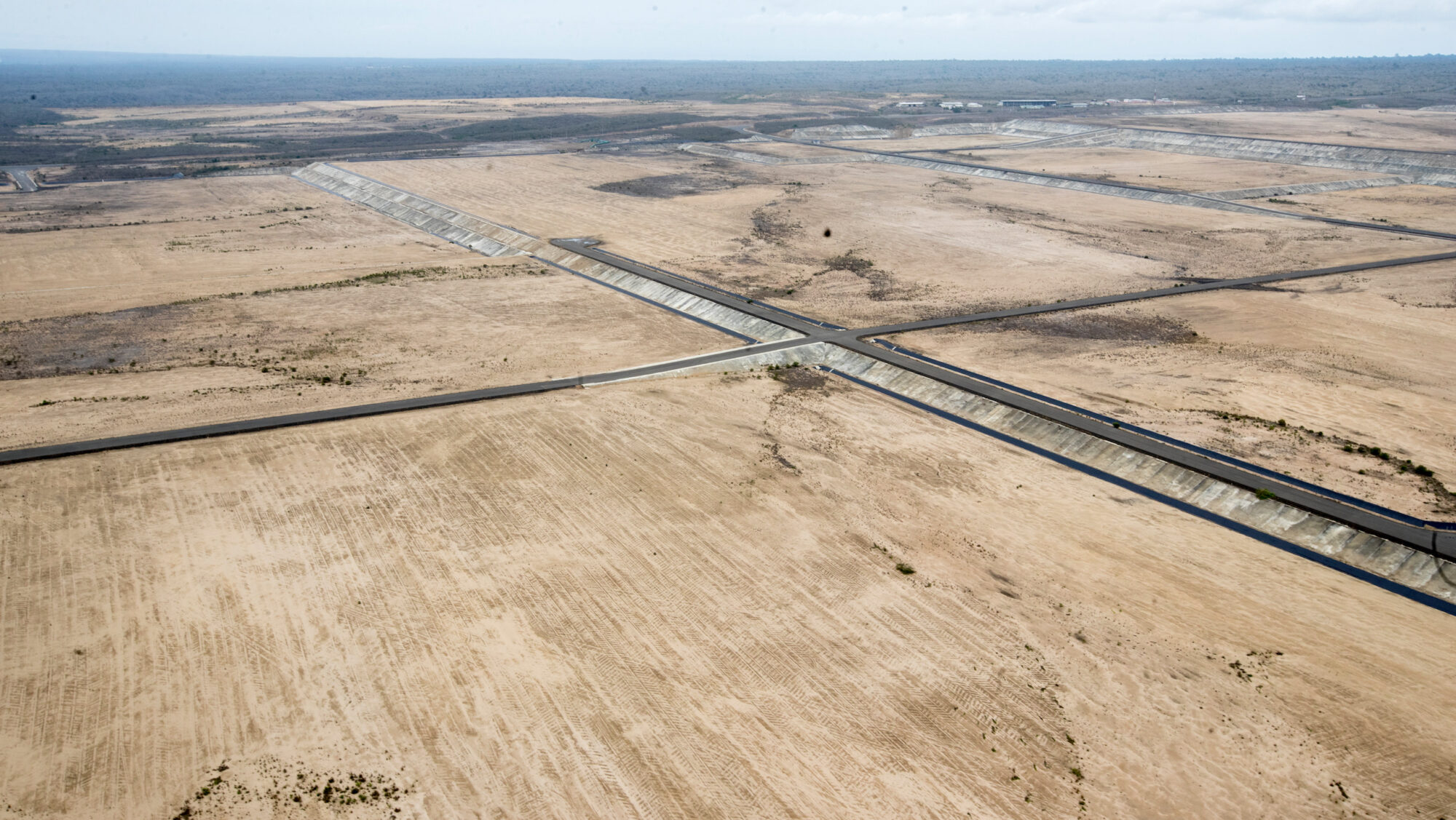In El Aromo, the locals say, the sun is generous all year round. The dry forest area, on the northern coast of Ecuador near the city of Manta in Manabi province, has an average temperature of 23C year-round. Some 700 people live here, making a living through farming, fishing and cattle ranching.
But in 2008, the inhabitants of this peaceful place saw their tranquillity shattered. Promising jobs and economic growth, the government of Rafael Correa announced plans for a huge oil project, the Pacific Refinery. Some 1,200 hectares of forest were cleared, affecting the local climate and driving endangered species like the margay [a small wild cat native to Central and South America] and the white-tailed deer away from the area.
But the refinery never saw the light of day as the government failed to find funding. An official report into the project plan found numerous irregularities, including that the state didn’t have the necessary environmental permits and lost millions of dollars to corruption.
Another factor was the death of Hugo Chávez in 2013. The former Venezuelan leader and strategic ally of Correa had agreed to finance 49% of the work through the state-owned oil company, Petróleos de Venezuela (PDVSA).
Without money, the refinery dream became an impossible nightmare. The facilities were abandoned – though narco-terrorist organisations found the cleared area made a useful landing strip.
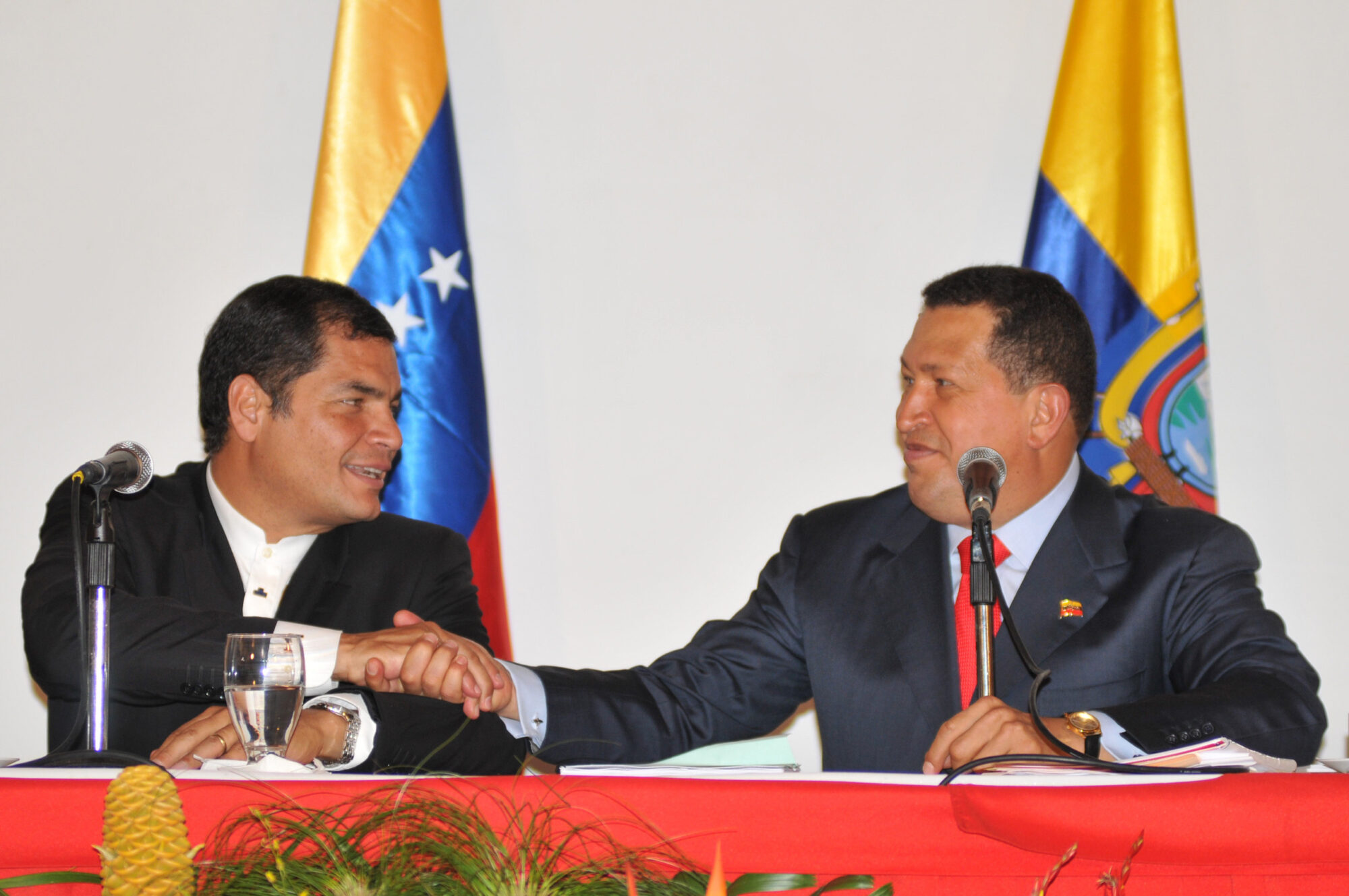
Now, 15 years later, the government of Guillermo Lasso has found a solution for Manabi’s white elephant.
Where the sun heats
At the end of 2022, the government announced it was to sign a 20-year contract with Spanish company Solarpackteam to build and operate a solar plant on part of the site of the abandoned refinery. The photovoltaic plant will generate 200 megawatts – enough to cover 60% of Manta’s electricity demand, according to official estimates.
The El Aromo photovoltaic project will be the most important project of its kind in Ecuador to date, according to the Ministry of Energy.
“The company is investing approximately US$144 million in the construction of the project,” Enith Carrión, Ecuador’s deputy minister of electricity and renewable energy, told Diálogo Chino. “They’ll provide all the investment, all the civil and mechanical works, and so on,” she said, adding that the Ecuadorian state will pay 0.6 cents for each kilowatt of energy delivered per hour. After 20 years, the plant will be transferred to the state.
The contract stipulates that all unskilled labourers employed by the company must come from the local area, and at least 75% of those hired for the construction, operation and maintenance phases must be Ecuadorian nationals.
According to the Ministry of Energy, the project will represent a reduction of 221,000 tonnes of CO2 per year by enabling the country to reduce its use of regional oil-powered power stations. It will also avoid the use of around 100 million litres of diesel for both power generation and transport every year – equivalent to thel consumption of around 5,000 buses.
The El Aromo area has excellent solar power potential. Official measurements record a daily average of 4.5 kilowatt hours of power per square metre, with higher peaks in March and April.
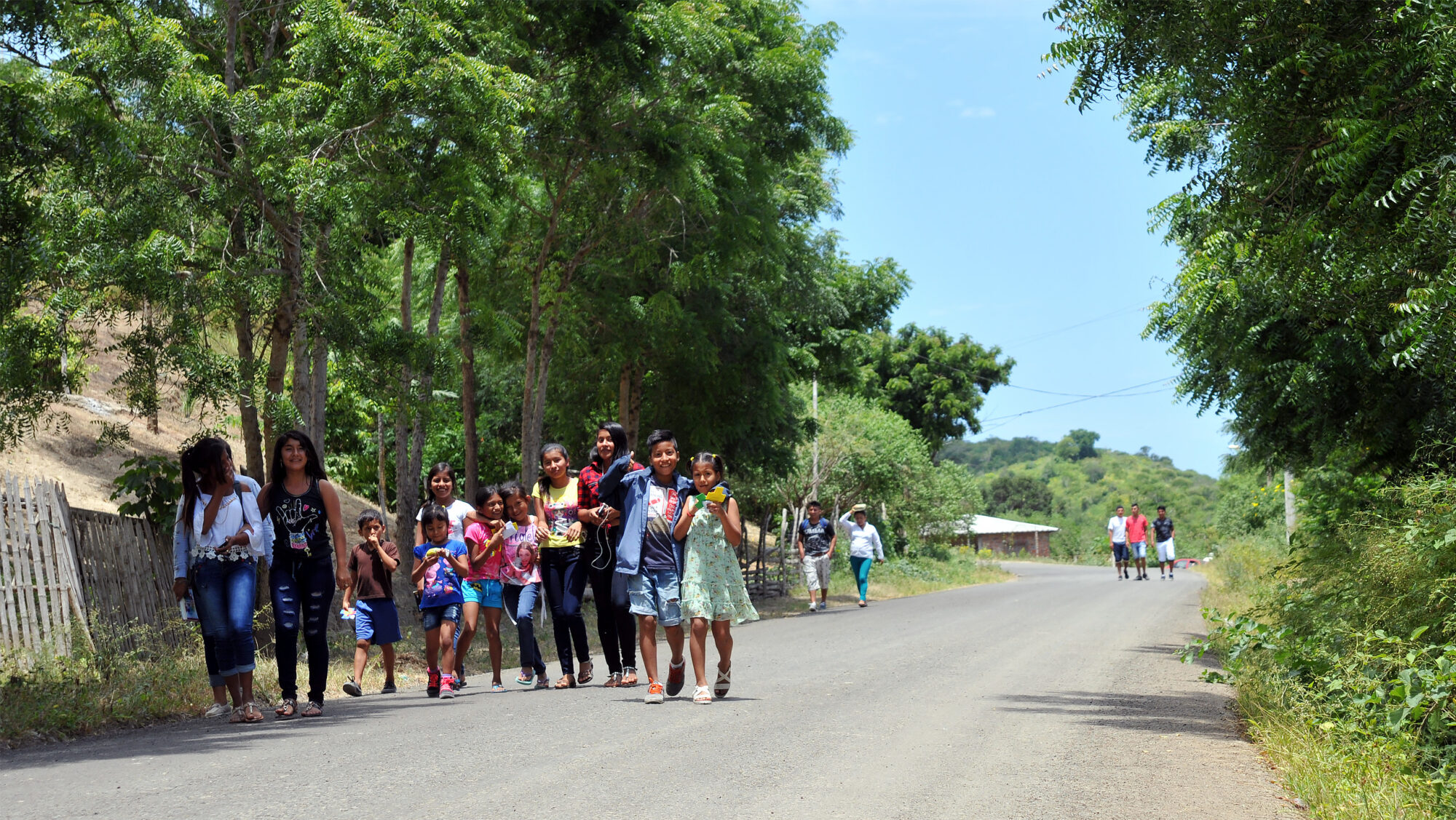
The Spanish company will install solar panels on about 300 of the 1,200 hectares that were deforested more than a decade ago to build the refinery. On the site and other adjoining land, the company will also construct internal roads and all the infrastructure necessary for the plant to start generating and distributing energy. The Spanish company will also build an 8km transmission line to connect the plant to the state electricity grid, where the power will be supplied to Manta and the rest of the province.
Although the plant will be built largely on land that had been earmarked for the Pacific Refinery, project documents suggest the use of natural areas and secondary forest is also contemplated. This situation is starting to worry residents and experts, who don’t want to see a repeat of the mistakes of the past.
Environmental impacts
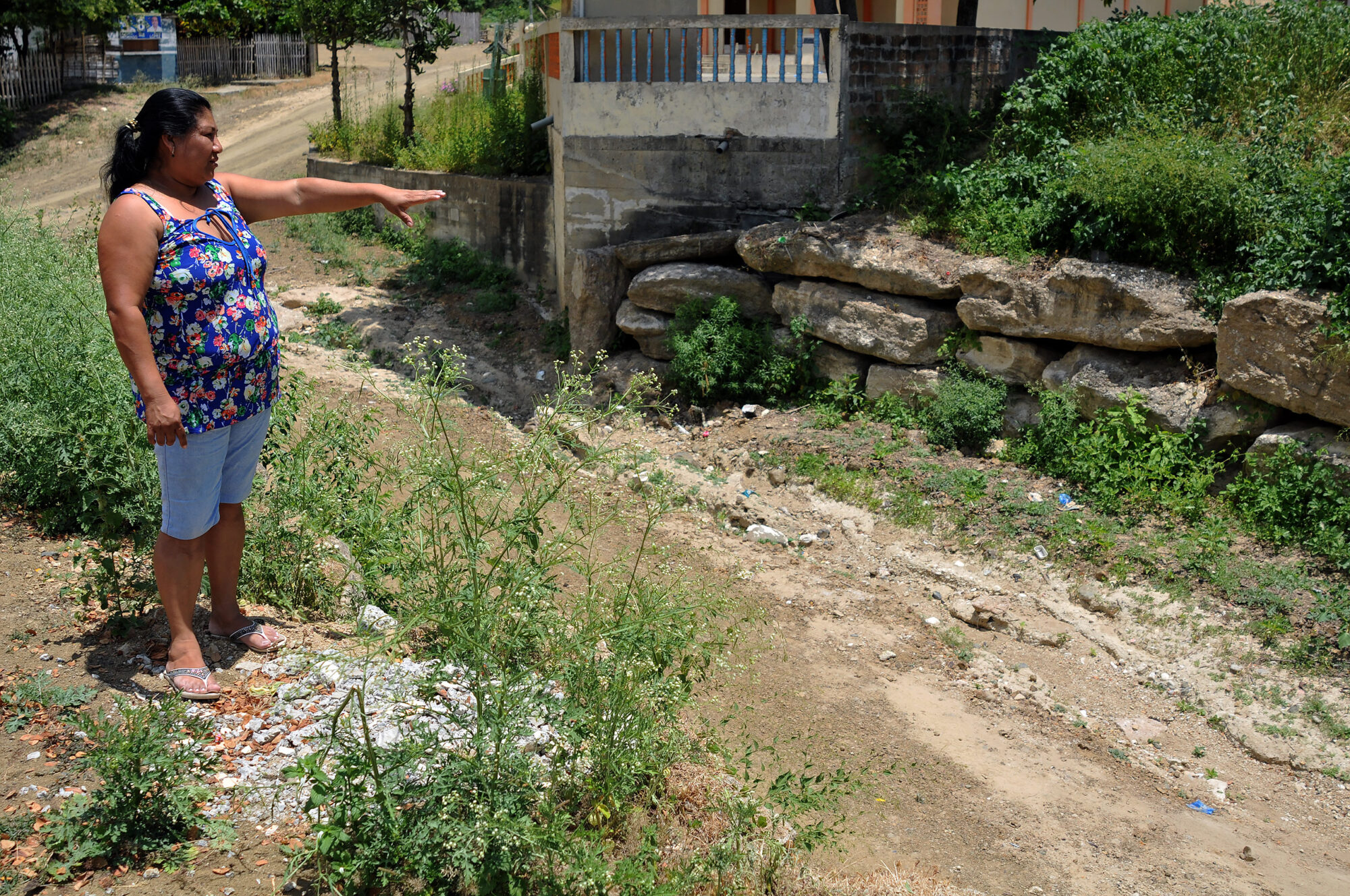
The construction of the refinery has had a marked impact on the lives of the inhabitants of El Aromo and other areas. According to studies, deforestation, which can be easily seen in satellite photos, changed the microclimate of the area, reducing the mist which hung over the area in the afternoons as well as the rainfall.
Carrión insists that the current project is better managed. A complete project plan including a sustainability report is being sent to the Ministry of Finance for analysis and approval, as required by law before the contract is signed. Carrión anticipates this will happen in the coming weeks.
However, experts have called for more thorough analyses of the potential impacts of the new works. Gaspar Moreno, an agronomist from Manta who has conducted research on natural protected areas and ecosystem services in the province, says he has carried out an analysis showing temperature measurements increasing over 20 years.
“We have to be very attentive to what is done here, as the area is next to protected areas and there will definitely be an impact,” he says. “The alteration of temperatures affects the hydrological systems, causing rivers to dry up.”
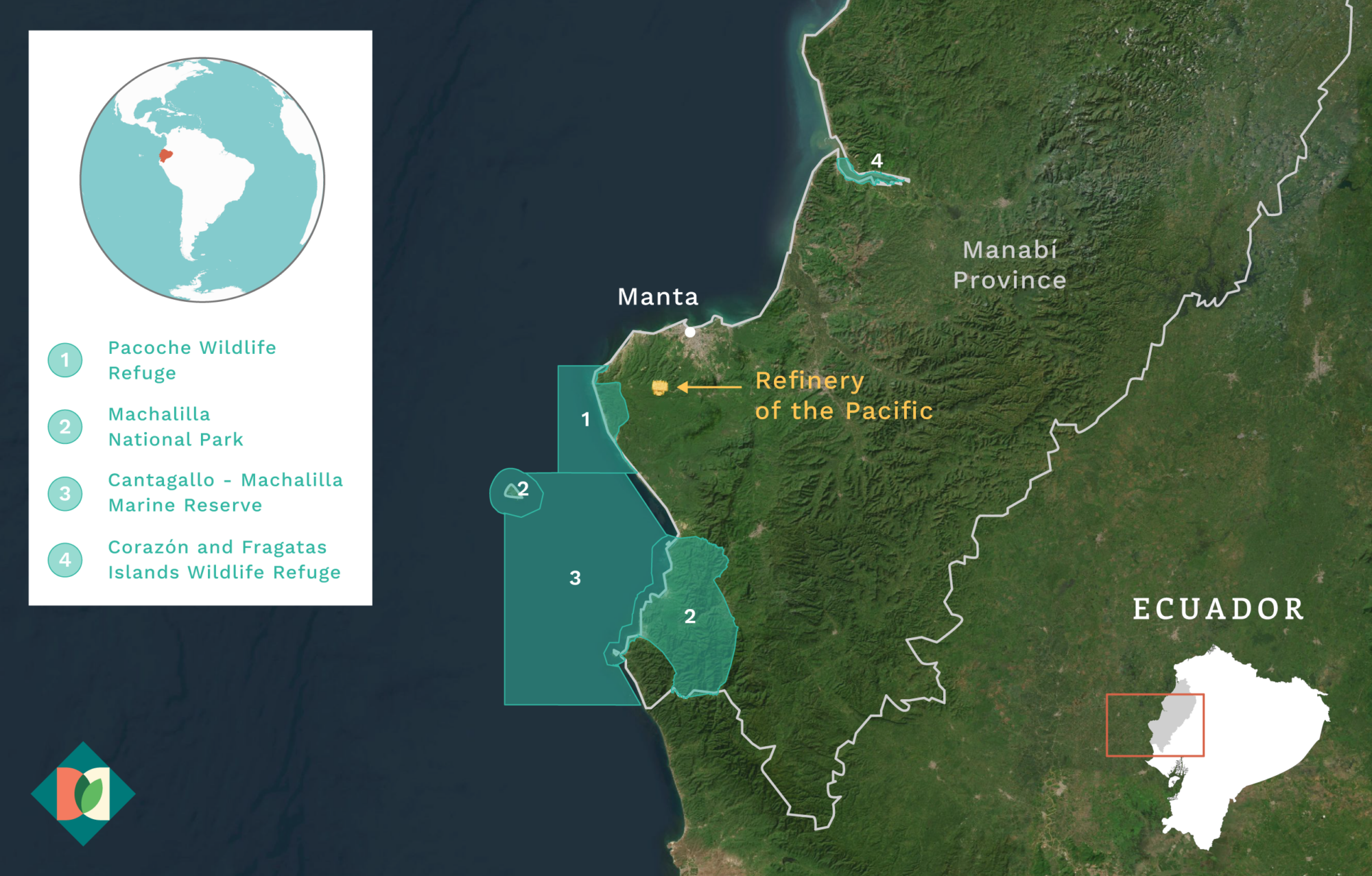
The area is the habitat of ocelots [medium-sized spotted wild cats], white-tailed deer, armadillos and peccaries [pig-like hoofed mammals], Moreno adds, but “the work done in this place has pushed them to new limits.”
Natalia Greene, vice-president of the Ecuadorian Coordinating Committee of Organisations for the Defence of Nature and the Environment (Cedenma), also expressed concern about the impact of the new infrastructure: ”To build a transmission line, they have to enter with trucks, they have to open roads. So they are affecting unspoilt areas and that has an environmental impact. You can say that eight kilometres is not much, but it affects the whole ecosystem that is removed to put up the towers.
“We have to take into account that there are species that migrate or that have their biological corridors for feeding, reproduction, etc. When you disturb them, what you do is cut off those biological corridors, preventing species from migrating or adapting.” She suggests that infrastructure should be built in areas that have already been cleared, where vegetation will not be affected.
Green attraction
El Aromo is part of Ecuador’s broader plan. It is the first step in a campaign that began in 2019 to attract foreign capital interested in financing renewable energy projects.
Records show that companies from Canada, France, Korea and China submitted proposals for the El Aromo contract. Four Chinese companies were particularly interested: Harbin Electric International, Power China, Harbour Engineering Company and China Huadian.
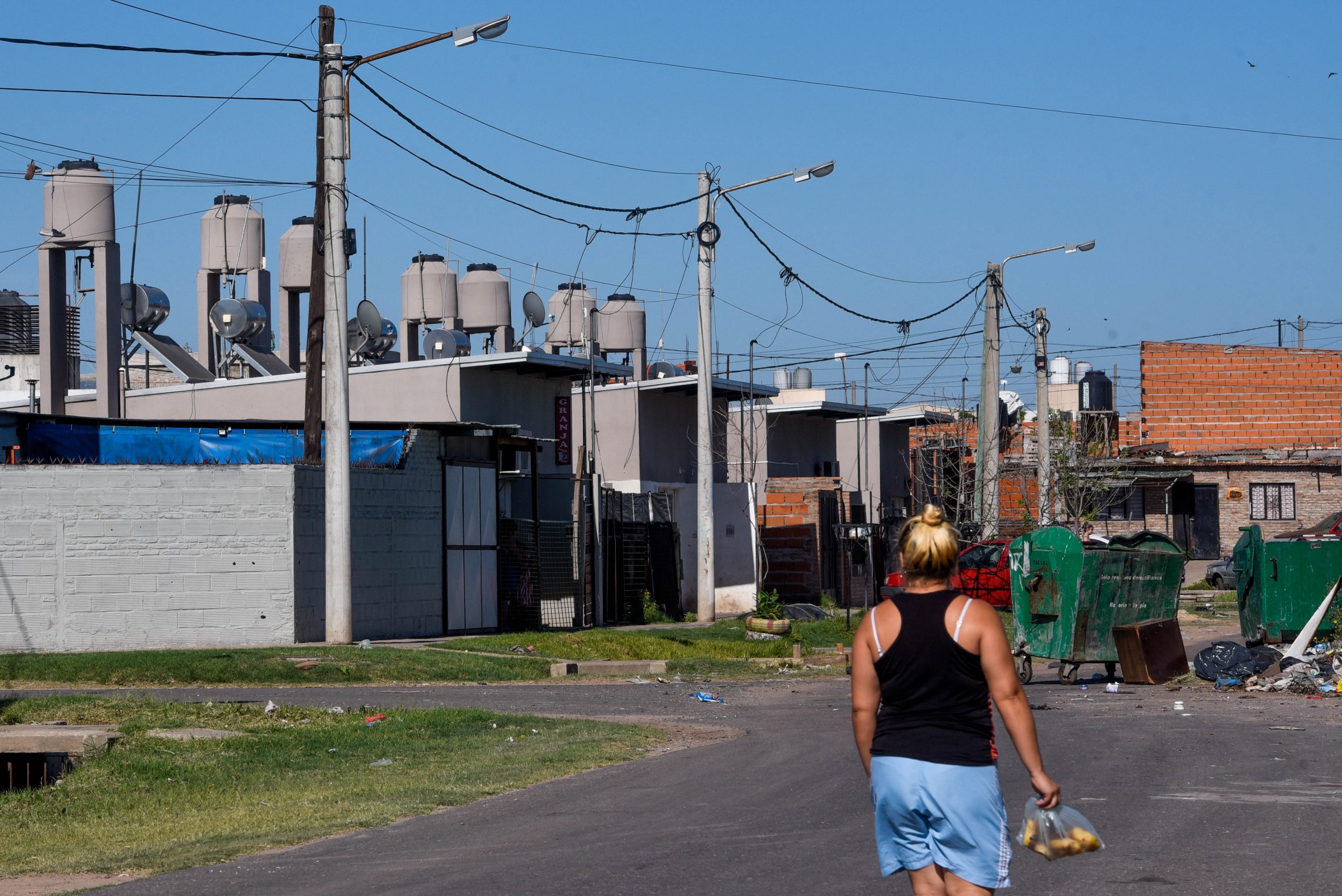
In 2021, the government of Ecuador opened a massive bidding process for renewable energy projects totalling 500 megawatts. Companies were free to propose projects based on their own assessment of the country’s energy potential.
State-owned China Huadian and other Chinese companies were expected to bid. In the event, however, only firms from France, Spain, Mexico and Ecuador submitted bids for the development of 10 projects.
The announcement of the selected companies was scheduled for the first week of February, but so far the winners have not been announced. Diálogo Chino asked the Ministry of Energy when this information would become available but it was not forthcoming.
Deputy Minister Carrión confirmed that 37 companies participated in the process. She is excited about the expansion of renewable energy in the country: “We opened a request for 500 megawatts, but these 10 projects total 680 megawatts.”
Juan Peralta, a professor at the Faculty of Mechanical Engineering and Production Sciences at the Higher Polytechnic College of Littoral (ESPOL) and a specialist in renewable energies, says the country should look to develop a mix of technologies: “Sustainable energy should be promoted, not just solar power, but a variety of systems.” In short, he says, it’s about not putting all your eggs in one basket.
Ecuador has opened its doors to renewable energy. After the failed dream of the Pacific Refinery, today the outlook is bright.
